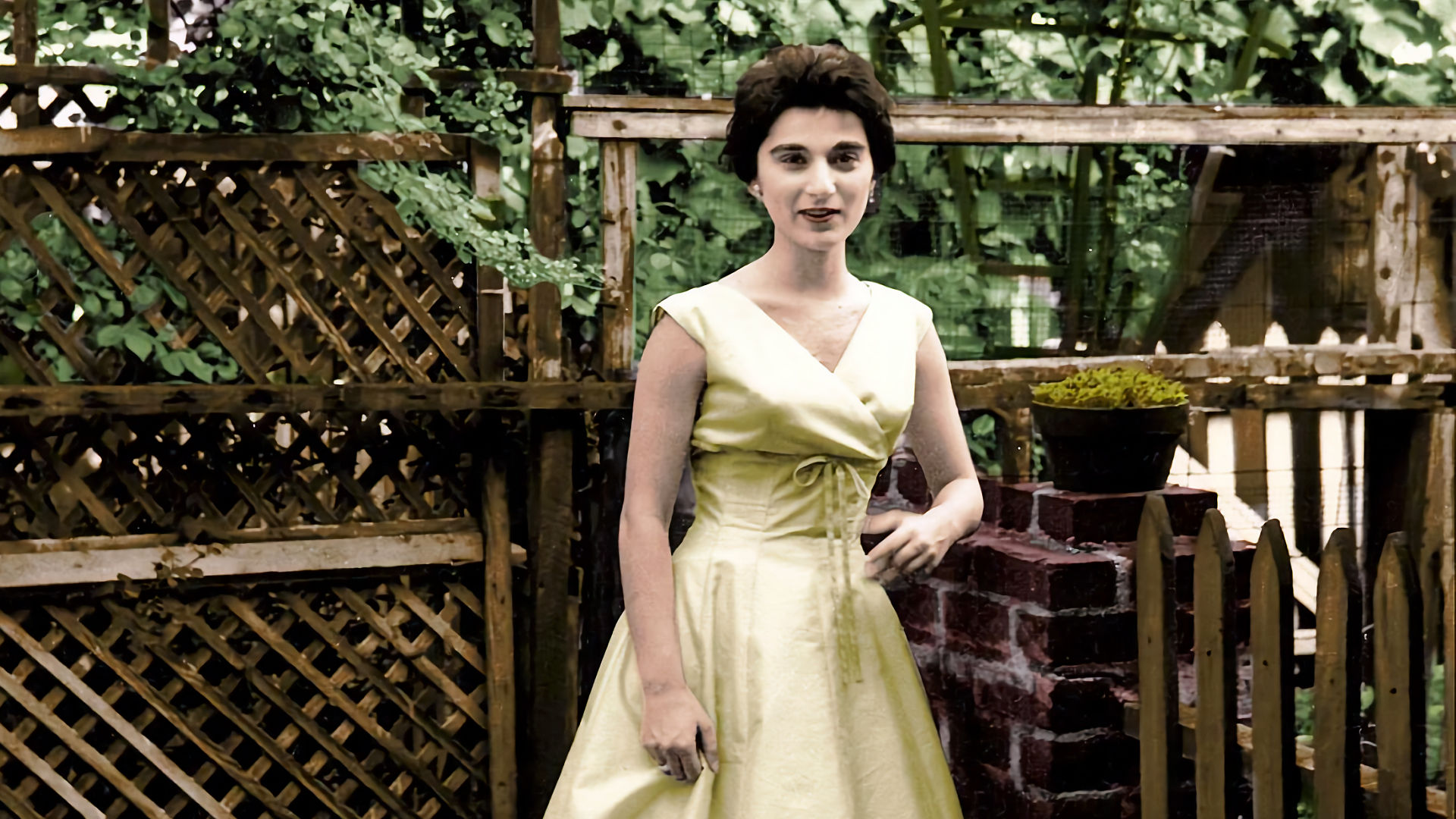The Murder of Kitty Genovese
In the early hours of 13 March 1964, a young woman named Kitty Genovese was attacked outside her apartment building in Queens, New York. What followed became one of the most infamous crimes in American history, not just for its brutality, but for what it appeared to reveal about human nature.
For decades, the story of Kitty Genovese’s murder was told as a moral lesson: that dozens of people had watched her die and done nothing. The phrase “the bystander effect” entered psychology textbooks, the term “Genovese Syndrome” was coined, and Kitty’s name became a shorthand for urban apathy.
But the truth, as later investigations revealed, was far more complex. The story of Kitty Genovese is not just about indifference, it is also about myth-making, media power, and how one woman’s death changed both law enforcement and the study of human behaviour.
Who Was Kitty Genovese?
Catherine Susan “Kitty” Genovese was born on 7 July 1935 in New York City to Italian-American parents. She was the eldest of five children in a close-knit, working-class family.
By the early 1960s, Kitty had built a life of her own in Queens. She worked as a bar manager at Ev’s 11th Hour, a popular tavern in Hollis, and was known for her quick wit, energy, and easy charm. Friends described her as fiercely independent. She lived in the Kew Gardens neighbourhood, renting an apartment on Austin Street with her partner, Mary Ann Zielonko.
At 28, Kitty had found her place; she was sociable, loved, and living in a city that pulsed with opportunity. But the New York of 1964 was also a place of growing anxiety. Violent crime rates were rising, and many neighbourhoods, once considered safe, were changing fast.
The Night of the Murder
At around 2:30 a.m. on 13 March 1964, Kitty was driving home from work. She parked her red Fiat in a lot about 100 feet from her apartment building. As she walked toward her door, she was followed by a man later identified as Winston Moseley, a 29-year-old business machine operator and father of two from Queens.
Moseley had spent the evening cruising around looking for a victim. He had already committed other violent crimes, including murder and rape. When he spotted Kitty, alone and unaware, he decided to attack.
As she reached the building entrance, Moseley ran up behind her and stabbed her twice in the back. Kitty screamed, “Oh my God, he stabbed me! Help me!”
Lights came on in nearby windows. A few neighbours opened their blinds. One man shouted from his window, “Leave that girl alone!” Startled, Moseley fled to his car and drove away, but only for a few minutes. When he saw that no one had come to help, no police had arrived, and no one had followed him, he returned.
By now, Kitty had staggered toward the rear of her building, bleeding but still alive. She collapsed in a doorway that led to the stairwell of a nearby apartment complex. Moseley found her there and resumed his attack, stabbing her several more times before raping her as she lay dying. He then stole about $49 from her purse and left her body behind the building.
At 3:15 a.m., police finally arrived after a neighbour, Karl Ross, called them. Kitty was taken to Queens General Hospital, but she was pronounced dead shortly after.
The New York Times Story
Two weeks later, on 27 March 1964, The New York Times published an article that would change everything. The headline read:
“37 Who Saw Murder Didn’t Call the Police.”
According to the piece, 38 residents of Kew Gardens had witnessed or heard Kitty Genovese’s attack and had done nothing to intervene. The article, written by Martin Gansberg and edited by A.M. Rosenthal, painted a haunting picture of urban apathy, neighbours supposedly watching from their windows as Kitty screamed for help.
The story shocked America. Newspapers and television broadcasts across the country debated how so many people could ignore a woman being murdered outside their homes. Politicians, clergy, and psychologists all weighed in. The story became a symbol of moral decay in modern city life, the idea that people had become so detached that they no longer cared about the suffering of others.
But there was a problem: much of it wasn’t true.
What Really Happened
Later investigations revealed that The New York Times had exaggerated the story. Although several people heard or caught glimpses of the attack, the notion that dozens “watched and did nothing” was misleading.
Most witnesses did not understand what was happening. Some thought they were hearing a domestic dispute or a drunken argument. The attack occurred in two separate locations, just minutes apart, making it seem disjointed and confusing. It was the middle of the night, and most people could only hear faint cries through closed windows.
A few people did try to help. One neighbour, Sophie Farrar, ran to Kitty’s side after the second attack, holding her until police arrived. Others claimed to have called the police, though record-keeping at the time was poor, and emergency response was far slower than it is today.
The myth of “38 witnesses doing nothing” was powerful because it fit a narrative, one about alienation and moral decay in big cities. But the truth was more complicated: it was not callousness, but confusion and fear that kept people from acting more decisively.
The Capture of Winston Moseley
Just days after Kitty’s murder, Winston Moseley was arrested for an unrelated burglary. During interrogation, he confessed not only to Kitty’s killing but also to two other murders and several sexual assaults.
He told police that he had chosen Kitty simply because she seemed alone and vulnerable. He expressed no remorse. His cold, methodical confession shocked investigators.
At his trial later that year, Moseley’s defence claimed insanity, but the jury rejected it. He was convicted of first-degree murder and sentenced to death. However, in 1967, his sentence was commuted to life imprisonment with a minimum term of 20 years after a state court ruled that New York’s death penalty procedures were unconstitutional. Following his escape from Attica and after taking hostages, 30 years were added to his sentence when he was recaptured.
Moseley remained in prison for the rest of his life, repeatedly applying for parole and being denied every time. He died in 2016 at the age of 81.
The Birth of the Bystander Effect
While The New York Times may have misreported key facts, its story inspired a wave of psychological research that changed the way experts understood human behaviour.
In the late 1960s, psychologists Bibb Latané and John Darley conducted a series of experiments to study why people sometimes fail to help in emergencies. Their findings led to the concept of the bystander effect, the idea that individuals are less likely to offer help when others are present, because responsibility is diffused among the group.
The more witnesses there are, the less likely any one person is to act. People often assume someone else will step in or hesitate due to fear of embarrassment, danger, or misinterpretation.
While Kitty Genovese’s case may not have perfectly illustrated this phenomenon, it became its symbol. Her death inspired decades of research into social psychology and human responsibility.
Changes in Law and Policing
The murder of Kitty Genovese also led to practical changes in law enforcement. In 1964, there was no single number to call the emergency services in the United States. Citizens had to look up their local precinct number or operator to report a crime, which was a time-consuming process.
In the wake of the Genovese case, officials began developing a universal system for emergency calls. By the late 1960s, that system became what we now know as 911.
The case also changed how police responded to urban crime. Departments across the country began creating more direct lines of communication, improving patrols in residential areas, and encouraging citizens to report suspicious activity.
In a tragic kind of way, Kitty’s death helped modernise American policing and emergency response.
Kitty’s Life, Reclaimed
For many years, Kitty Genovese was remembered primarily as a symbol, a victim in a cautionary tale about apathy. But in recent decades, her story has been reclaimed by those who knew her.
Her brother, Bill Genovese, who was only 16 at the time of her death, dedicated much of his life to uncovering the truth about what really happened. His 2015 documentary, The Witness, revisited the case and challenged decades of misconceptions. It showed Kitty not as a faceless victim, but as a vibrant, funny, and loving young woman who had been reduced to a footnote in someone else’s narrative.
The documentary also gave voice to those who had been silenced by the myth, including neighbours who did try to help, and witnesses who lived for decades under the false belief that they had done nothing.
Kitty’s life, and her death, became a reflection of something more profound: how the media shapes collective memory, and how easily stories can become legends detached from the truth.
Legacy and Meaning
More than sixty years later, the murder of Kitty Genovese still resonates. It remains a case study in law schools, journalism classes, and psychology textbooks. It is cited in discussions of media ethics, police reform, and the moral obligations of individuals in society.
But perhaps the most enduring lesson is not about apathy at all. It is about empathy, and the importance of seeing the human being behind the headline.
Kitty’s story reminds us how easily facts can be distorted to fit a narrative, and how those distortions can shape generations of understanding. It challenges us to question what we believe about human behaviour and what we owe to one another as members of a community.
Her death changed laws, inspired psychological research, and forced America to examine its conscience. Yet her life, when reclaimed from myth, is a story of independence, courage, and love.
Final Word
The murder of Kitty Genovese will always carry the weight of its legend. For some, it is a tale of human failure; for others, a warning about the danger of assuming someone else will act. But beneath all the interpretations is a simple truth: one young woman lost her life to a senseless act of violence, and her story changed the way we think about responsibility forever. Kitty Genovese’s name endures not because of indifference, but because her tragedy compelled an entire nation to care.
The Murder of Kitty Genovese FAQ
Kitty Genovese was a 28-year-old bar manager living in Queens, New York, whose 1964 murder became one of the most infamous crimes in American history.
In March 1964, Kitty was attacked and fatally stabbed by Winston Moseley outside her apartment building. Early reports falsely claimed that dozens of witnesses saw the crime and did nothing.
A New York Times article exaggerated that 38 witnesses ignored Kitty’s screams, sparking outrage and leading to psychological research on the “bystander effect,” which studies why people fail to act in emergencies.
The case helped inspire the creation of the 911 emergency system, encouraged police reform, and prompted decades of psychological and media ethics research.






